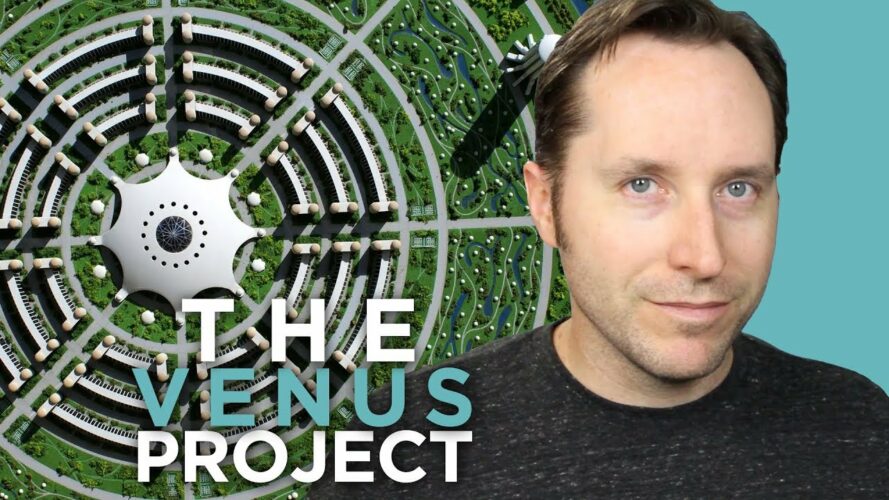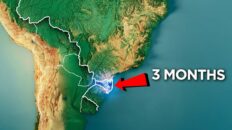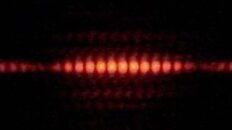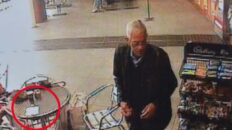Jacque Fresco was born in 1916 and spent his young adult life struggling through the Depression, which informed his ideas about the economy and society as he grew older. He was a self-taught designer and architect who championed pre-fabricated homes in the 50s and 60s but his real passion was the future.
In 1969, he published a book called Looking Forward, which imagined a future society where technology has made it possible for everyone to have their needs met.
He continued on this line of thinking for the rest of his life, eventually forming The Venus Project with Roxanne Meadows, advocating for a resource-based economy. They built a research center near Venus, Florida based on his design principles and used that as a home base to give presentations, tours, and make videos promoting their new social model.
And that social model is an entirely new economy that is not based on money, where automation and technology provides all our basic needs, nobody has to work, there’s no crime, no poverty, no waste, and it’s totally sustainable.
The Venus Project’s plan for smart cities is to incorporate a circular design, with the central hub housing the core of the cybernated system that controls resource management, educational and healthcare facilities, and communications networks.
Radiating out from there in all directions are concentric rings of buildings housing office space, institutions, and research laboratories.
Surrounding that is a green belt providing recreation and parks, then a residential belt with pre-fabricated homes.
From there, we find a band of apartment buildings and high-rises, again made from preformulated, modular pieces that also contain entertainment venues, theaters, and restaurants. Then an agricultural belt that grows all the food for the city along with hydroponic, aquaponic, and aeroponic facilities.
A circular waterway surrounds the agricultural belt for irrigation, and last but not least, a second recreation belt with paths for walking and biking, golf courses, and outdoor activities.
Anybody who’s been to Disney World in Florida or just watched the Disney Channel when they were kids knows about Epcot Center, but what you may not know was that the original plan for Epcot was something much, much more ambitious.
Epcot stands for Experimental Prototype Community of Tomorrow. According to Disney’s vision, it would be an ever-evolving city designed to test the newest and greatest ideas in housing and urban planning. It would be connected by monorail to the theme park and would house the employees of the park.
But Epcot is not alone. From Octagon City in 1850’s Kansas to England’s Ebenezer Howard and his radial Garden City at the turn of the century to Broadacre City, planned by none other than Frank Lloyd Wright, the circular, modular city of the future is something that always seems to be planned… but never executed.
Earlier this year a company called Sidewalk Labs, a subsidiary of the Alphabet umbrella that includes Google, purchased 12 acres of waterfront property in Toronto, with the goal of testing out smart city designs and technology.
Just last week, Bill Gates purchased land outside of Phoenix Arizona with the purpose of creating a smart city, though we don’t have any idea on designs for that yet.
And in South Korea, a major smart city project called Songdo has been under construction for the last few years, but it seems to be short of reaching its goals and over budget. It’s supposed to be finished in 2020.




Add comment